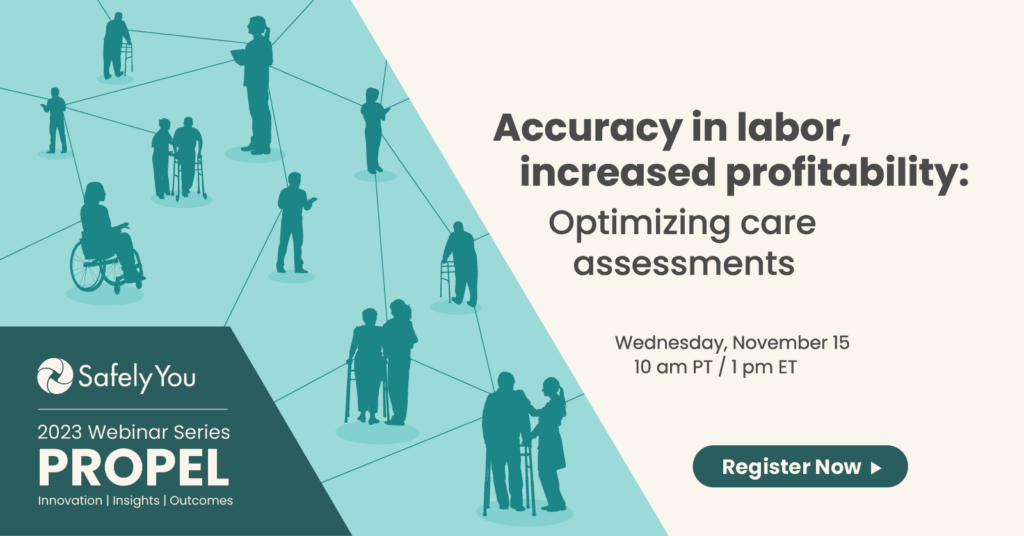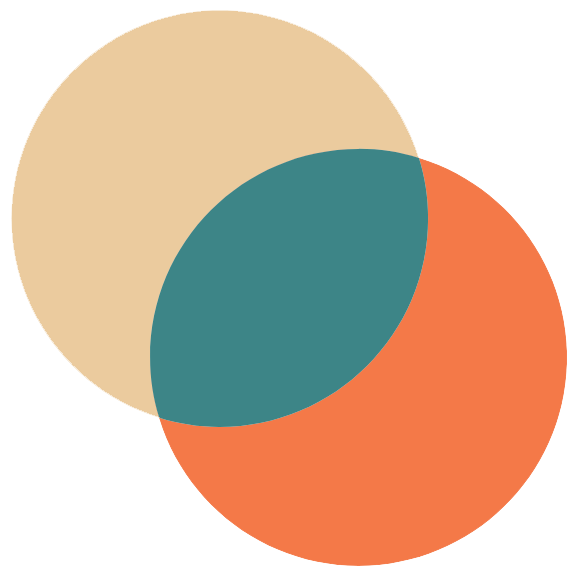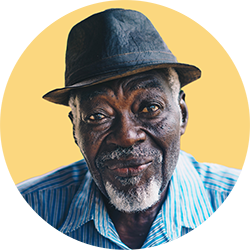Only SafelyYou has witnessed 100k on-the-ground events. Now we’re sharing our learnings with you, in a list of the most common locations and causes of falls and suggested interventions that you can implement immediately in your community.
From our broad experience, we’ve discovered that most falls occur in one of three places: by the bedside, by a chair or wheelchair, or in the hallway. There are different causes to watch for in each location, and a variety of interventions for each cause. It’s important to note that in about 30% of falls, the resident moves from where they fell to where you find them, making it difficult to determine the fall’s root cause.
By the bedside, one of the things you’ll want to watch for is rolling out of bed. Some possible interventions from our list include considering bed width options and using a raised edge mattress or a pool noodle under the fitted sheet. Another cause of bedside falls is transfers in/out of bed and sliding out of bed. Interventions for this include, in part, reevaluating the bed height and using transfer enablers. Our interventions sheet provides more options.
When residents are found by a chair or wheelchair, this may be caused by sliding out of the chair. One solution is to use a one-way slide mat on the seat, so the resident can slide back in the chair, but not forward. Another cause to look for falls involving recliners. One way to prevent these types of falls from occurring is to replace the recliner with a chair that stays firmly in place, which they can safely transfer in and out of.
Falls that take place in the hallway can happen because mobility aids get stuck on carpeting or doorways, or because the resident was carrying items while walking. Interventions for these two scenarios include adding walker skis and a basket or tray if the resident uses a wheeled walker. See our interventions sheet for the complete list.
SafelyYou is proud to be able to share what we’ve uncovered from reviewing more than 100k falls. We hope you’re able to use these insights to help create a safer environment in your community, improving resident well-being. Find the complete list of common fall locations and causes with suggested interventions here.






